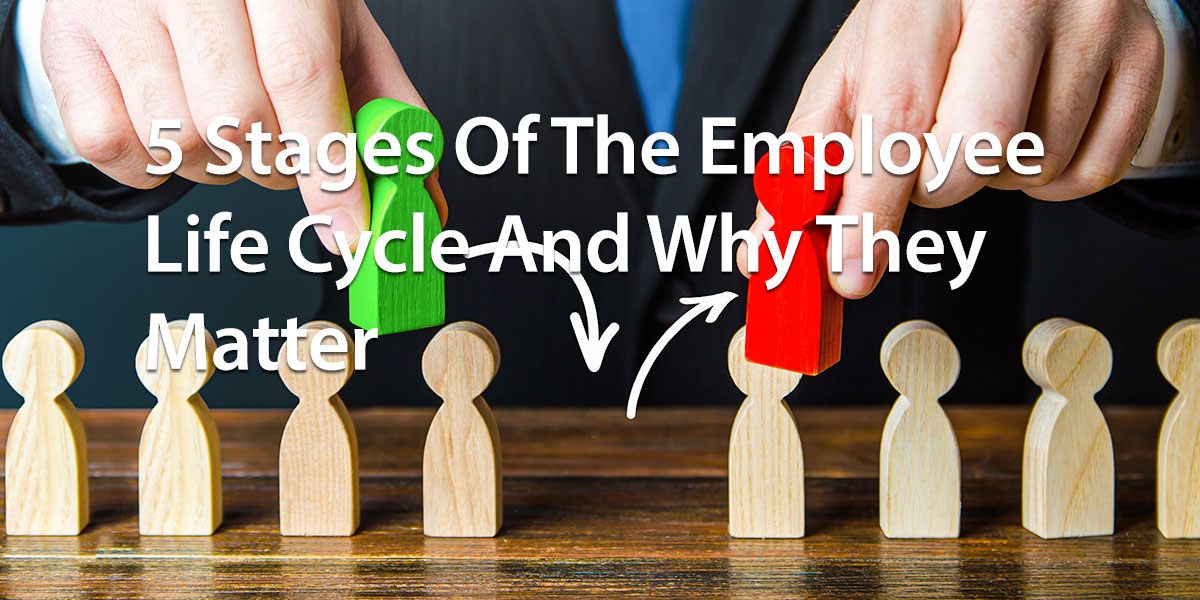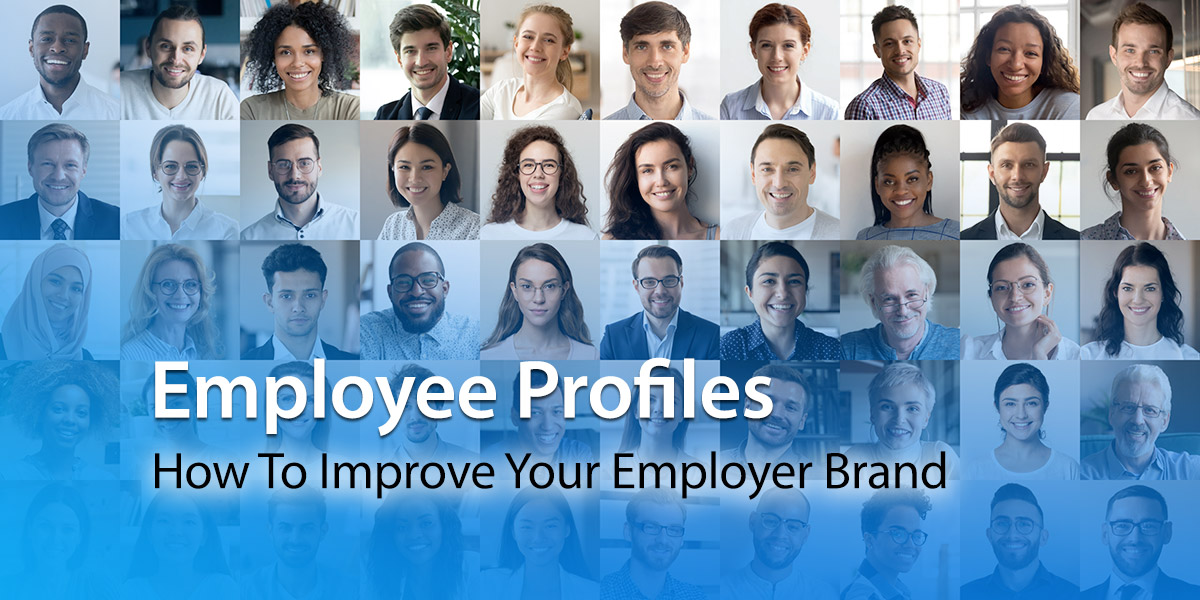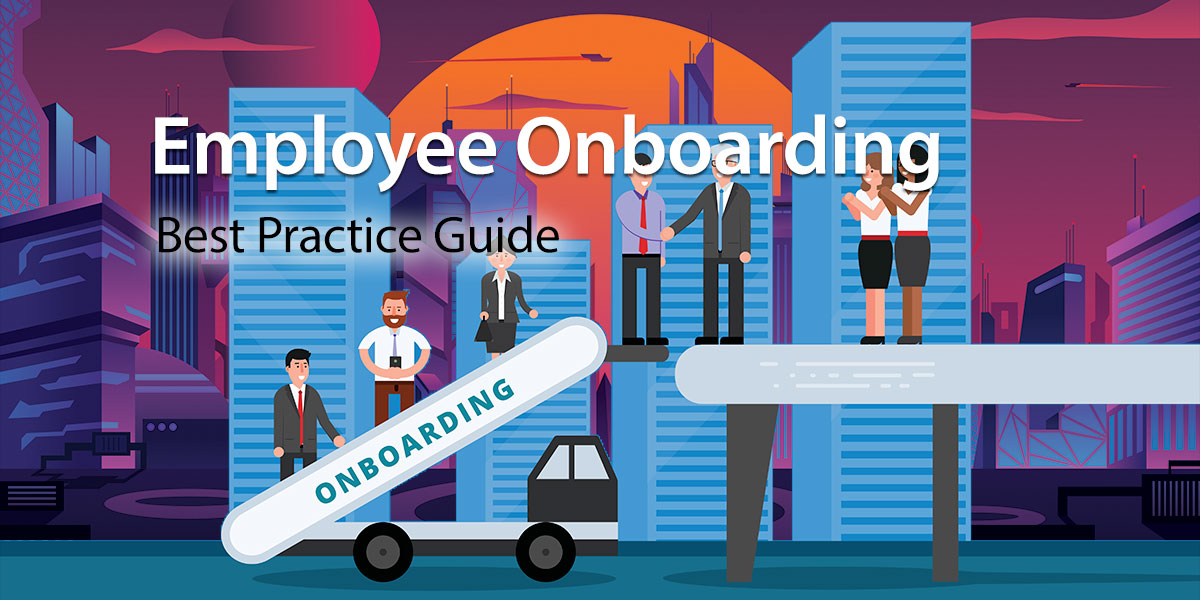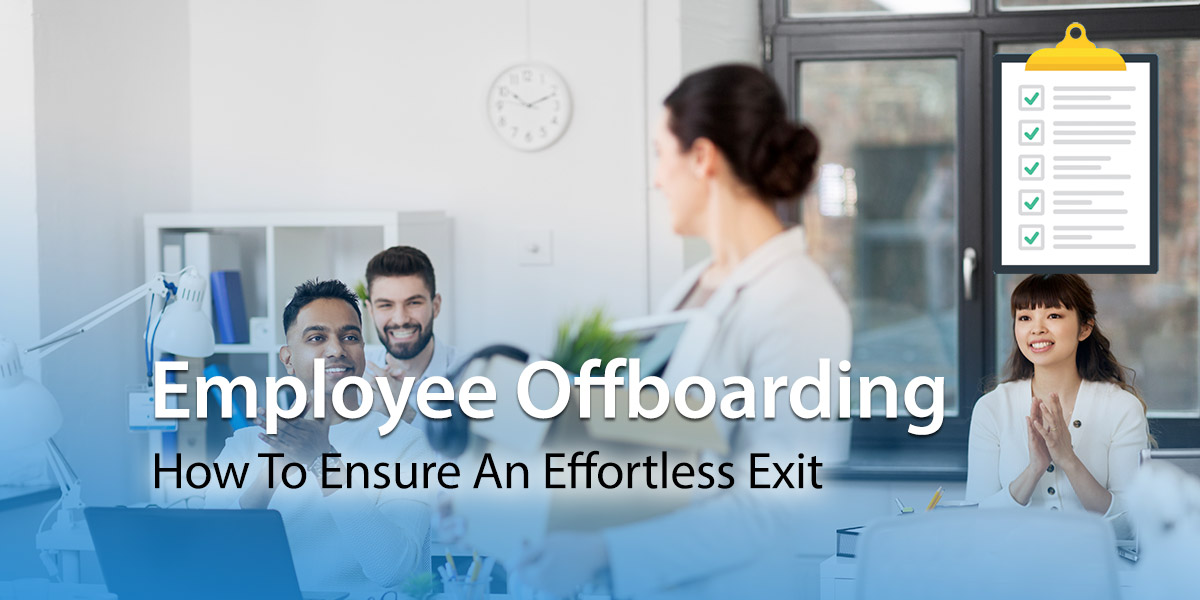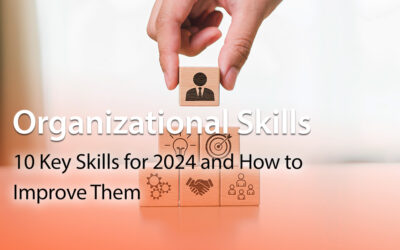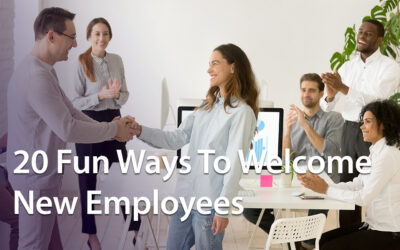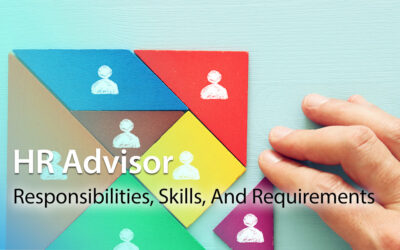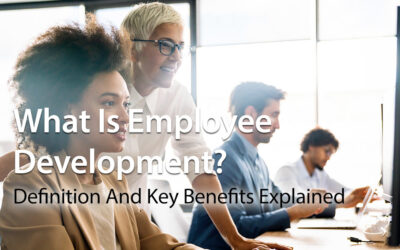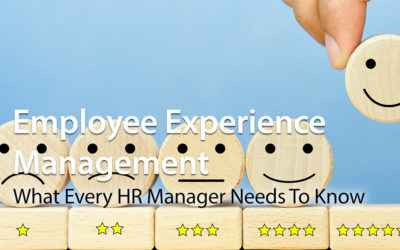It’s official – recruitment and retention have gotten a whole lot harder. That’s the bottom-line impact of the Great Resignation currently affecting global businesses of all shapes and sizes. And when it comes to taking action, the employee life cycle is a valuable model for understanding the employee experience.
Basically, it describes the journey a worker goes through in your company. The life cycle starts when an employee first hears about a job opportunity. And it ends when that worker retires or moves on. The model has been around for a while now. However, it’s taken on added importance in the wake of the pandemic. So, whether it’s a new concept or you want a refresher, we take you through all you need to know. We answer all your questions and explore how optimizing the employee lifecycle affects engagement, recruitment, retention, and much more.
What Is The Employee Life Cycle?
It’s an HR model that describes an employee’s progress through an organization. Some variations of the life cycle include several stages – anywhere from five to fifteen. We prefer to keep things simple and so here are the five generally accepted phases:
- Attraction and recruitment
- Onboarding
- Development
- Retention
- Exit and offboarding
Together, the employee life cycle sets out a worker’s entire relationship with a company. Each stage of the journey affects the employee experience. And when it comes to how your staff feel about work and you as an employer, the employee experience model is critical.
Some stages of the life cycle have more to them than others. Retention, for example, covers a vast range of activities and an extended period compared to onboarding, which is more self-contained.
Why Is The Employee Life Cycle Important?
The life cycle doesn’t just impact the employee experience. Positive or negative experiences can also affect company culture and team cohesion. For example, a poor onboarding stage will affect the entire team as the worker struggles to settle, putting extra pressure on colleagues.
Monitoring and improving the employee life cycle will help you get the most out of your people. Whether it’s recruitment, retention, or engagement, the employee lifecycle is crucial to long-term success and profitability.
And it also impacts the customer experience. In a recent IDC survey, 85 percent agreed that an improved employee experience equals better customer experience, increased customer satisfaction, and higher revenues. And that’s good news for any business.
What Happens At Each Stage Of The Employee Life Cycle?
Let’s take a deep dive into each stage. We explore what’s involved and the steps you can take to optimize the employee life cycle.
1. Attraction & Recruitment
Attraction
The employee life cycle doesn’t start when the new staffer sets foot in the workplace. The process actually begins when they hear about your brand. Nowadays, the labor market is super competitive. So, the attraction phase is all about how you will attract top talent. Your employer brand and reputation play a big part.
And just like we consult TripAdvisor before making a restaurant booking, candidates will be researching your brand. Positive reviews on sites like Glassdoor or Indeed make a huge difference. So too does positive word-of-mouth endorsements from your current employees. After all, they are your biggest brand ambassadors.
Make sure your company website reflects your organization’s values. These days workers value things like flexibility, diversity, and corporate social responsibility.
To succeed in the attraction lifecycle phase, build a strong company image that showcases what a fantastic place you are to work.
Recruitment
This is when you first begin interacting with prospective workers. This step involves all the processes leading up to hiring employees, including adverts, applications, and interviews. And recruitment is critical to getting the employee experience off to a flying start.
So, what can you do to optimize this vital stage? It all starts with the job advert. Spend time thinking about who you are trying to attract. Make sure your advert and chosen channels speak directly to your ideal candidate. And have a variety of recruitment platforms up your sleeve to widen the candidate pool.
For example, your target candidate group is Generation Z. A video posted on social media is more likely to resonate with this group than an advert on an industry job board.
Next is the application process and the golden rule here is simple: Make the process as easy as possible. Nowadays, online applications are a must. And remember, many potential candidates will be applying using mobile devices, so lengthy forms are a no-no.
Be sure to keep candidates informed throughout the recruitment process. There’s nothing more frustrating than applying and never hearing back from the company. Be transparent, set and stick to deadlines, and create a winning first impression from the get-go.
Working with recruiting agencies can be highly beneficial in this process. They have the expertise and resources to find the best candidates, saving you time and effort. These agencies have access to a vast network of potential hires. They are skilled in identifying individuals who have the required qualifications and fit well with your company culture. They have access to advanced recruitment software for agencies to streamline the process, ensuring a seamless experience for both employers and candidates. This software enables them to manage large volumes of applications efficiently, track candidate progress, and maintain clear communication throughout the recruitment journey.
2. Onboarding
Your dream candidate is now an employee, and the induction process begins. During onboarding, the hire is provided with the tools and resources to complete the job effectively. The worker meets with colleagues and key stakeholders and integrates into the company culture.
The onboarding stage of the employee lifecycle is critical. It’s the key to ensuring new employees swiftly become productive team members. And effective onboarding reduces the impact and disruption to co-workers.
When it comes to optimizing the onboarding phase, a checklist is a great place to start. There are several moving parts to onboarding, and a checklist ensures you don’t miss a vital step.
Another tip is to check in regularly with the new hire. Set up face-to-face catchups to iron out any teething problems and set clear expectations. And be sure to ask your hire for feedback so that you can improve the process for others.
3. Career Development
Encouraging and promoting professional development is a surefire way to enhance the employee experience. Nobody wants to feel like they are stagnating in a job. According to a LinkedIn survey, 94 percent would stay longer with an employer that invests in their learning. And it makes good sense for the business, supporting internal recruitment, succession planning, and knowledge sharing.
Professional development can take many forms. Mentoring and coaching are fantastic, easily implemented options, especially for smaller companies with fewer opportunities for career advancement.
Create a knowledge hub on your company intranet where staff can access internal training resources and materials. If budgets allow, sponsor, or subsidize workers for completing industry qualifications, tertiary study, or external courses.
Even simple ideas like internal lunch and learns or workshops help employees expand their knowledge. And it means your workforce stays ahead of new trends.
Whatever options you go for, everyone should have a personalized development plan as part of the annual appraisal. Actively working with employees to help them achieve their chosen career path by helping them through each of their career stages shows just how invested you are in your people.
4. Retention
This stage focuses on keeping your employees with the company. This is where your efforts in the previous phases start to bear fruit. If you have done an excellent job attracting, recruiting, onboarding, and developing your people, chances are they will stick around.
What stops a worker from leaving will vary from individual to individual. For some, pay, benefits, and career path opportuinities will be the primary motivator. It will be company culture, co-workers, and team morale for others.
Staff surveys, pulse checks, and feedback from managers will help you understand what’s required to retain your top talent.
Employee attrition is inevitable in any business. However, you can impact employee turnover and reduce the costs associated with replacing staff. Ways to improve the employee retention phase include the following:
- Employee engagement – actively engage with staff at every life cycle stage. That way, the employee will develop and maintain an emotional connection to the company and its values. Check out our blog post, Employee Engagement Strategy: 7 Practical Ways To Get Started, for all you need to know. The employee engagement life cycle is closely related to the employee lifecycle.
- Two-way communication – connect with your people in a meaningful way with two-way communication. Having an internal voice impacts job satisfaction, morale, and productivity. Tips and advice are available in our post, Two-Way Communication Explained.
- Develop a culture of recognition – monetary recognition is, of course, important. But it’s not the only way to recognize the great work of your people. Just as compelling is recognition from managers and co-workers. It could be shout-outs on team chat, employee of the month programs, or a simple thank you from the boss. A great culture of recognition will help you entice new talent. And it will also assist your efforts to retain high performers.
- Invest in technology and the physical workplace – whether it’s hardware, software, or tools, employees need the right technology to perform their jobs effectively. Be sure to invest in new technology and upgrade the tools of the trade. Pay attention to the physical environment and modernize or refresh the workplace regularly. And it goes without saying that a decent coffee machine is a must-have. And with many employees working remotely, ensure yours have a decent home office and all the necessary tools.
5. Exit And Offboarding
All good things come to an end. Employees move away, retire, or are enticed to work for someone else. The exit and offboarding phase covers everything you need to do to make a clear break. The aim is to separate on positive terms. Even after an employee has left, they can still impact your brand reputation. And so, it’s essential to spend time on this crucial stage.
Furthermore, more and more workers are becoming so-called boomerang employees. According to one survey, 20 percent of former workers end up returning to the company at some point. A further 40 percent would consider doing so. It’s far better to have a positive exit and a happy leaver rather than a disgruntled ex-employee.
Separation is also a time for reflection. As with any breakup, perhaps there’s something you could have done differently. Offboarding is the last opportunity to get staff feedback about improvement areas. And ironically, it’s also when you are most likely to get some honest insights.
Take control of the exit and offboarding stage with an offboarding checklist. Just like onboarding, there are several boxes to tick. And a checklist sets up an effortless rather than painful separation. Done effectively and offboarding ensures all loose ends are tied up. Systems access is removed, company property is returned, and internal knowledge is seamlessly transferred.
And don’t forget that all-important exit interview. That’s when you will uncover why the employee has decided to leave. The feedback helps you improve the employee experience for the benefit of current and future employees.
Employee Life Cycle: Key Messages
The employee life cycle is an invaluable HR model for businesses wanting to get ahead. Understanding a worker’s different phases helps you improve the overall employee experience and your employer brand.
Use our tips to optimize each life cycle stage. And you will develop the happy, productive, and loyal workforce that every HR professional dreams about. What’s more, that all-important differentiator could set you apart from the competition.
About MyHub
We are a leading provider of cloud-based intranet solutions. MyHub’s platform supports HR in delivering the best internal service, from information and knowledge sharing to automated HR processes. Sign up for a free demo or 14-day trial and explore the possibilities.

